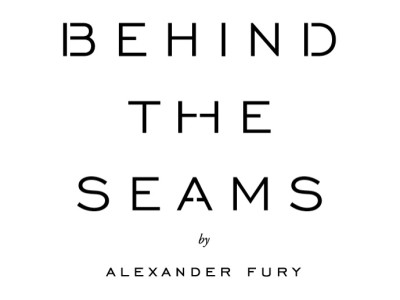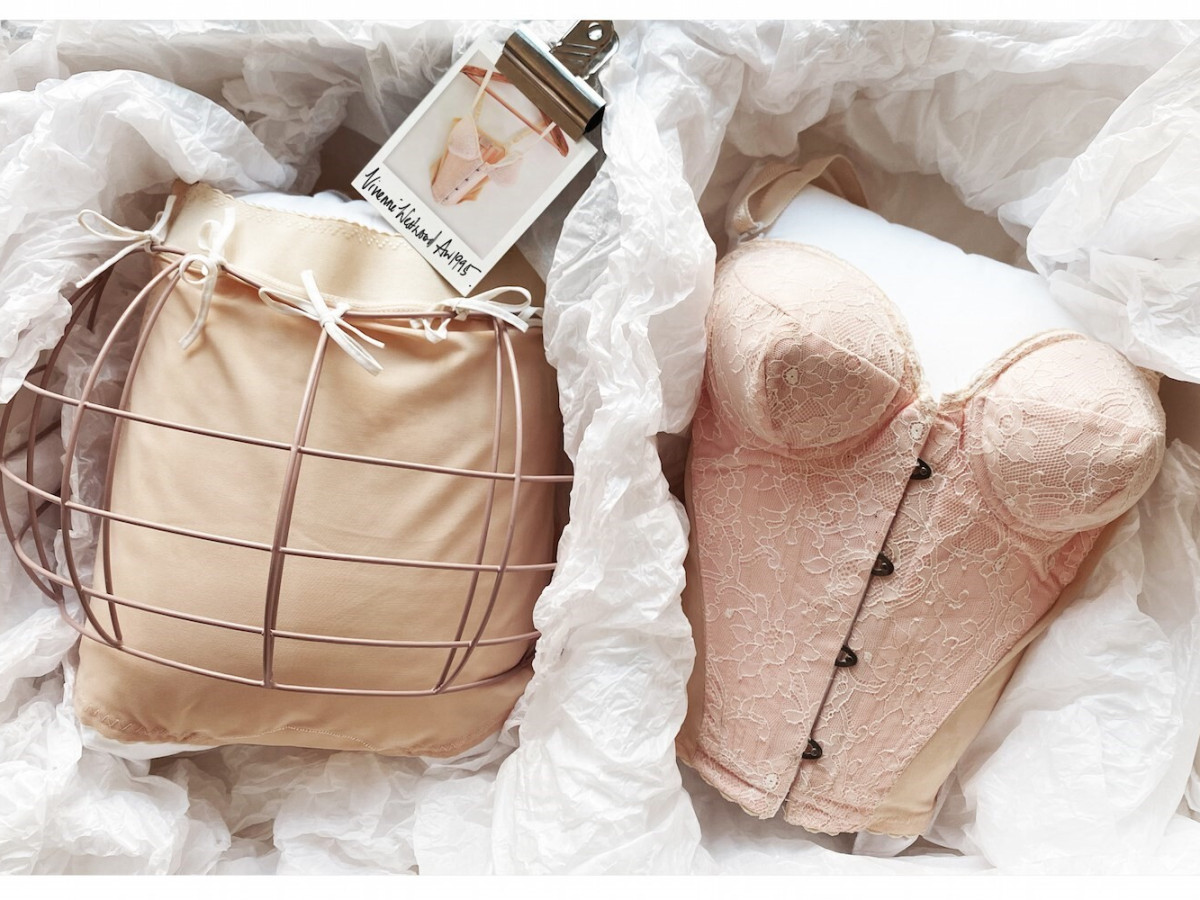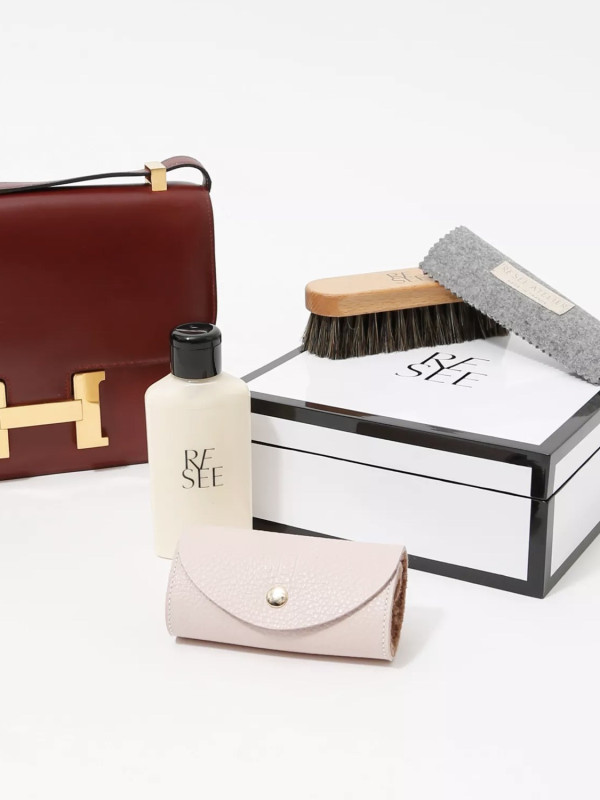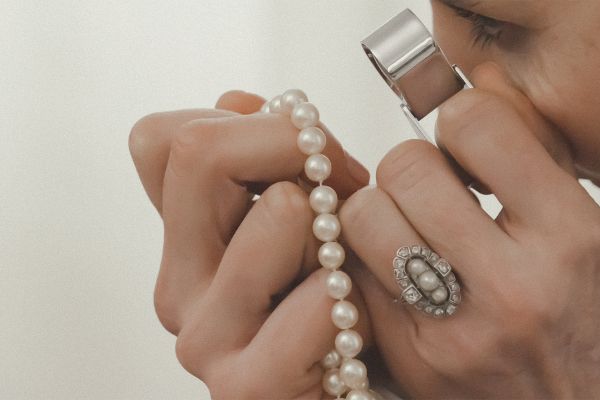Caring for Vintage, with Alexander Fury

Photo credits: Bjarne x Takata

A fashion collection can be an albatross, because caring for vintage clothes is no mean feat. In fact, looking after clothes generally isn’t something you can slouch over - there’s no point in spending thousands (and the rest) on incredibly items, only to find them fading, melting, or literally eaten into nothing. There’s a constant struggle - Sisyphean, even - not only to keep clothes in good condition, but to keep them together. Slack, and you’ll never get them back.
Not everyone can boast the spectacular measures I discovered at Chanel’s Patrimoine on the outskirts of Paris: there, a special hermetically-sealed and oxygen-free chamber eradicates any pests incumbent in new garments, before they are added to the holdings. But there are basic rules of practice we can all employ, to ensure clothes survive. Moths are, of course, the number one enemy - but it’s perhaps more mortifying when you can’t blame outside intruders, but yourself for the deterioration of your clothes. I know a woman who lovingly stored away an haute couture wedding dress, only to crack the box a decade later and find that the dress (sadly, like the marriage) had disintegrated. The fashion house’s tissue-paper was not acid-free, so her pristine white gown was now a pissy yellow.
My house is generally knee-deep in the acid-free stuff: I re-wrap items in this before I place them back into their dustbins and boxes. I store clothes in hanging bags to protect against dust as well as moths - they also prevent embellished pieces from snagging against another. I stuff bags and shoes to help keep their shape, sometimes with pillows to prevent them from collapsing. Knitwear should never be hung, rather folded and stored in boxes - acid-free, again. If you do wish to hang knitwear for space reasons, fold sweaters around the hanger rather than suspending them from the shoulders, which easily stretch and warp and, over time, cannot be restored.
But, yes, this column is mainly about how to avoid moths - probably the greatest fear of anyone with a clothing collection of size and value. Yet many people don’t realise exactly how and why moths attack. It’s actually moth larvae that destroy clothes, feeding on keratin - yes, the protein that makes up human hair, hence its presence in natural fibres. Those include cashmere, wool, silk and cotton, fur and feathers and - to terrify Hermès hoarders - even leather, which moths have been known to attack (synthetic fibres are safe, so collectors of Nicolas Ghesquière’s techy Balenciaga collections can rest easy.) It’s not only clothes: wool carpets get moths, so can upholstery and even taxidermy.

Photo Credits: AnOther Magazine
When said fibres react to natural oils or sweat, keratin is heightened, attracting moths to specific garments - hence why it’s often your favourite sweater which bears the brunt of the attack, and why vintage clothes are at particular risk. So a great tool to prevent moths is, bluntly, to clean your clothes often, and never to put anything away dirty for sustained periods of time. Hence a truly great dry-cleaner should be an essential accomplice to the maintenance of your wardrobe - mostly discovered through word of mouth or, perhaps, entrusting items to them to ascertain their work.
Other moth-prevention options are odd: shaking clothes vigorously dislodges any eggs, and strong scent can discourage moth - hence lavender and cedar as well-known preventative measures, while a friend of mine swears by Santa Maria Novella’s scented terracotta pomegranates, which also look attractive). Nevertheless, if moth is already present, these won’t get rid of them.
A new (old) ally in the war are Trichogramma - known as micro wasps, near-invisible insects who hatch and consume moth larvae. It may sound like unleashing biological warfare in your closet, but English stately homes have reported an 89 percent reduction in moth damage since they began utilising the methods. They can be ordered online (what can’t be, these days), and are useful to use alongside a pheromone strips, a rather better-known method of detection and distraction (moths go for the pheromones, rather than the clothes.) I sotted them once on a tour of the Musée Yves Saint Laurent Pierre Bergé archives, and have purchased in bulk (on Amazon) ever since.
Which is appropriate, given what we’ve all become mini-museum curators with our wardrobes - vintage, by its nature, is scarce, and increasingly institutions are turning to private collectors to fill the gaps in exhibitions worldwide. Personally, I think there’s something kind of beautiful in that idea - and I often see myself a caretaker of the items I own, or at least recognise a responsibility to ensure they will stay around for a few more years. Its a concern many can relate to - you don’t have to be a clotheshorse or a collector to own enough woollen sweaters to fear moths, nor to hope that significant pieces bought will last a lifetime, and then some. It’s a new definition of fast fashion - fast as in secure, anchored and safe.
CARE FOR YOUR LEATHERS
ReSee Bag Care Kit has all the necessary essentials you need to maintain the beauty of your pieces.

At ReSee, every one of our vintage pieces comes with a story. This is, in large part, thanks to our unmatched community of consignors.
Though parting with such sartorial treasures may not be easy, the exceptional personal care we put into ensuring that they will go on to live a second (or, sometimes even, a third, fourth, or fifth) life offers a thrill — one rivaled only by that of the besotted shopper who adds them to her wardrobe.
Sell with us




